Reflections from Physicians, Staff and Students Who Worked at Temple the Night of the Derailment

One year ago, on May 12, at about 9:20 p.m,. Amtrak Train 188 derailed going through the Frankford Curve, about three miles from Temple University Hospital.
The train was going 106 miles even though the speed limit was 50. There were 238 passengers on board; 54 were rushed to Temple, twice the number sent to any other hospital, and 24 were admitted. Few who worked that night will ever forget it. What follows are some of the thoughts and images that stand out, a year later, from many who were there:
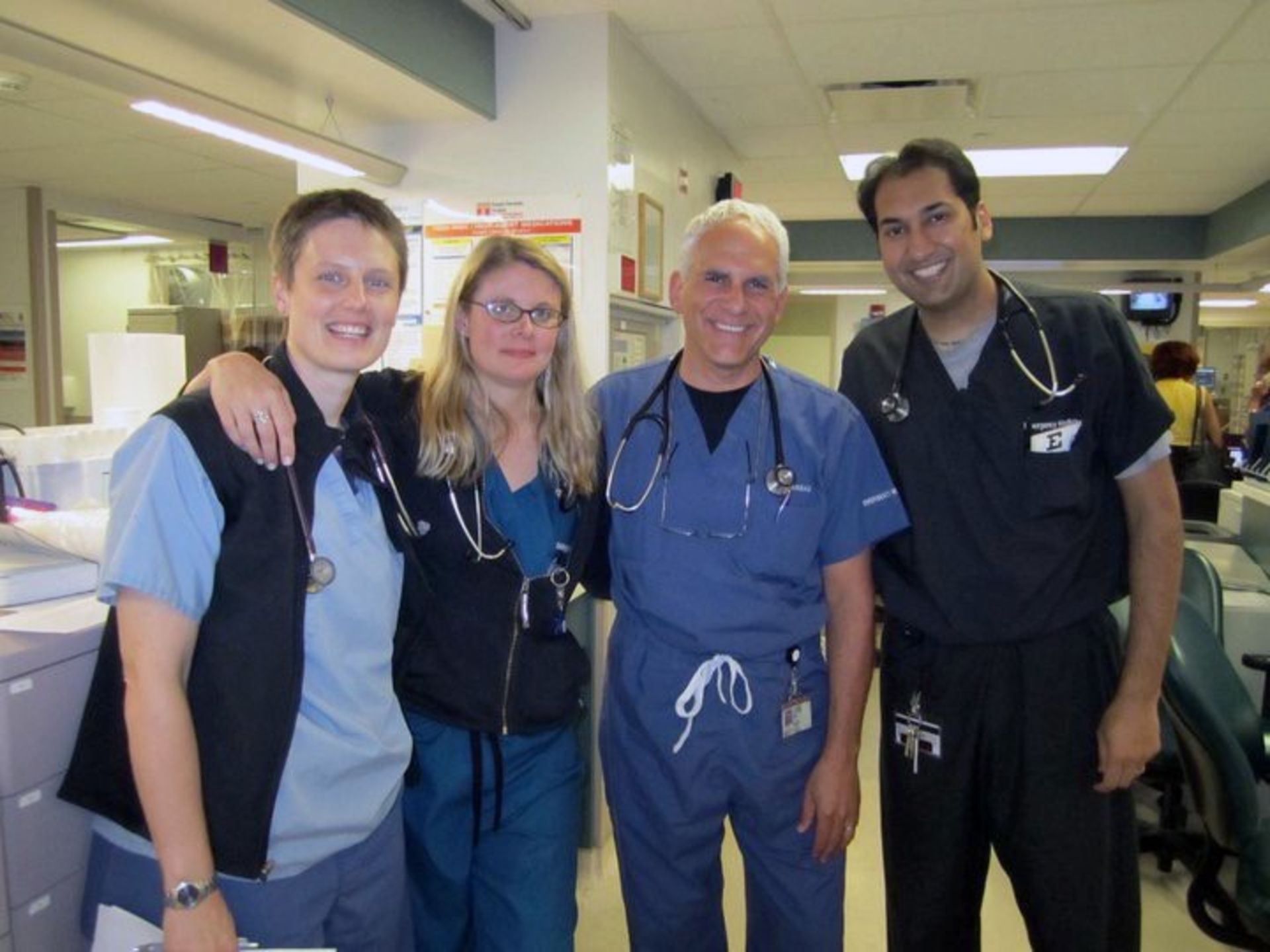
Dave Karras, second from right, associate chair of the emergency medical department, stands in the ED recently with a team of residents, Penny Goode, MD; Karen Siren, MD, and Manish GargDave Karras, Attending Physician
Dave Karras, Attending Physician
Dave Karras was working as an attending physician that night in the Emergency Department. What he remembers most is a sense of pride and accomplishment.
“A lot of the faculty and a lot of the students and all the residents take pride in the fact that there’s nothing you can throw at us that we can’t handle,” Karras said. “The fact that we got some 50 or 60 patients, half of whom were critically injured, thrown at us simultaneously, really gave us a chance to show how good we really were. We’re not the shiniest hospital, we’re not the wealthiest hospital, but we take care of everyone and don’t bat an eye. We did it in stride. This was another day in the emergency department.
“It changed our perception of ourselves," added Karras, who is also associate chair of the emergency medicine department. “It’s a very difficult environment. And you have to really love this environment to want to be here. Every now and then to do your job so well that everyone in the world recognizes it.”
He said it was fortunate Ernest Yeh, Director of Emergency Medical Services and Disaster Preparedness, was also on duty that night. The two men took control out front, doing triage, deciding who was going to the trauma bay and who was going to a different area. He said there was a plan and it was followed, but staff had to improvise in so many ways. That was also extremely impressive.
For example, he said, residents “got very good at using ultrasound to see if there’s a collapsed lung. An ultrasound takes 20 seconds to do instead of 5 minutes to do a chest x-ray.” He explained the procedure that developed that night: “We do the ultrasound right when you come in, and if you have a collapsed lung, we get you into the trauma bay. But if not, if we see on the ultrasound that you don’t have a collapsed lung, and your vital signs are okay, we’re going to see you after we get through the critically ill people.”
• • •
Smita Herbert, Nurse
Smita Herbert, an ED nurse, also noted the amazing teamwork that night, the abundance of resources. “Things we can never find, like IV pumps and wheelchairs and stretchers, all of a sudden we had lines of them, and I don’t know where they all came from.”
One vivid memory: “There was a mother and a daughter, and the daughter was terrified. She was seven or eight years old and wouldn’t leave Mom’s side. But she needed to go to the bathroom, and her mom was in the bed and we couldn’t take her off the monitor to go with her daughter. So the little girl made me do everything but pinky swear that I would stay in the bathroom with her. ‘I promise you. I will walk you to the bathroom. I will come in.’ She was so embarrassed, but she was terrified of what was going to happen to her.” Herbert took the little girl to the bathroom.
She adds: “Maybe it was the time of day, but I’m glad there weren’t more kids on that train.”
• • •
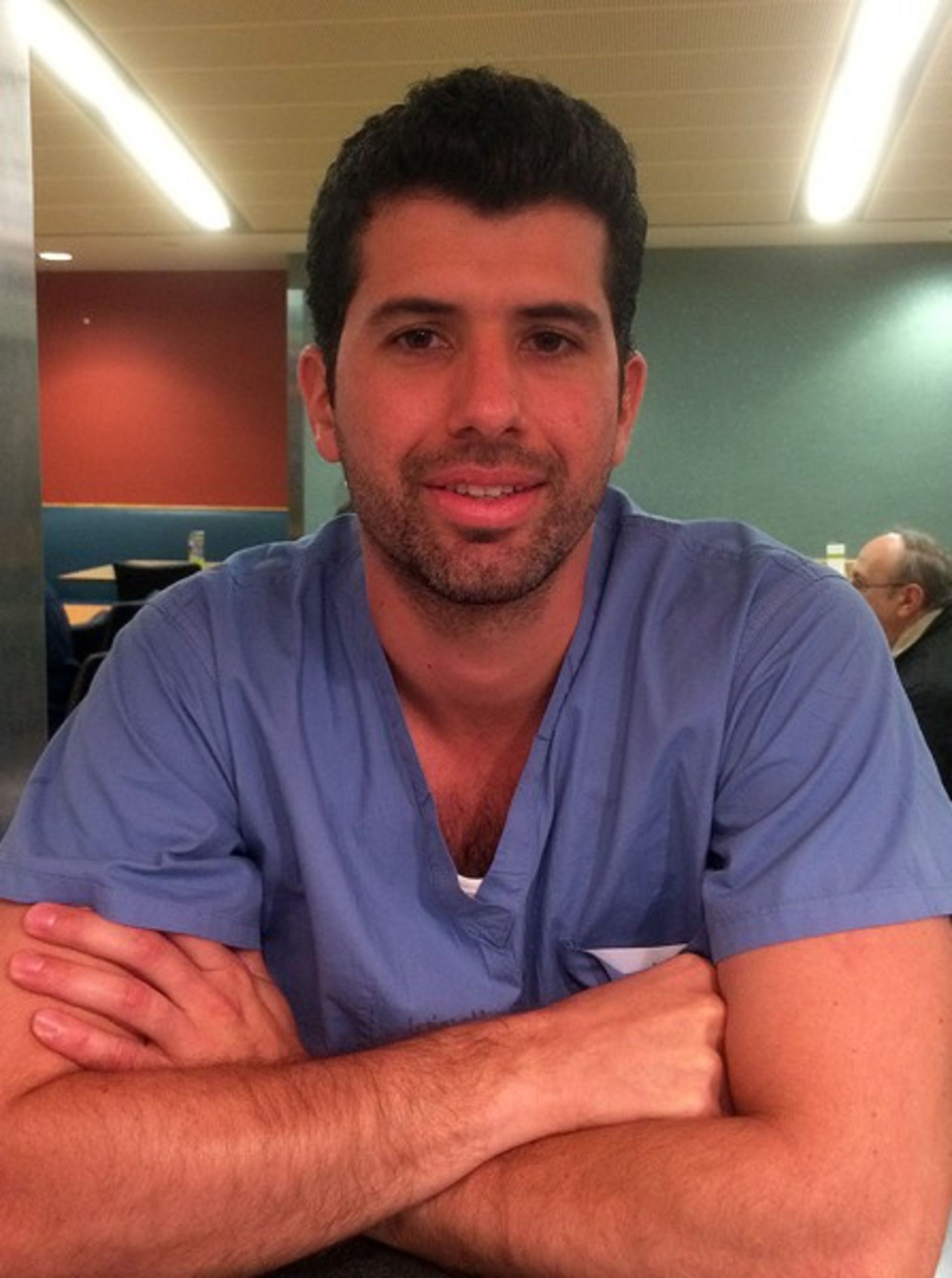
Lucas Ferrer, Surgical Resident
Lucas Ferrer, then a fourth-year surgical resident on the trauma service, remembers feeling “nervous, excited, fearful” when the call came in. Nobody knew what to expect.
He looks back on the night now as a seminal moment in his development as a surgeon. Over cereal in the hospital cafeteria recently, after working all night, he gave the following reflection:
“That experience as a whole for me was a transition in a way,” he recalls. “I realized that we had really good training here. You don’t really realize what you’ve learned until you have to put it into practice. I realized what all our attendings have taught us over the past how many years, and it just came together in my case, and everybody else’s, all the residents. There were so many things going on, so many decisions. In surgery every decision you make to do something is important, but what you don’t do is also important. Everything can cause harm. So it’s really important to make good decisions, and I think we made a lot of good decisions that night.”
Two images do stand out.
He remembers the one patient who needed a chest tube, a painful and unpleasant procedure which requires the doctor to cut the patient’s chest. “He was very appreciative,” Ferrer recalled of his patient. “He said, ‘Do what you need to do. I really appreciate it.’ You really don’t get that usually when you put a tube in somebody’s chest.”
Ferrer also remembers the woman who looked very much like she could lose her arm. “I remember stabilizing her and sending her to the operating room with a vascular surgeon,” he recalled. He saw her many times on the floor in the days that followed. “We saved her arm,” he said.
His shift had begun at 6 a.m. and he didn’t leave Temple until noon the next day, after checking on his last Amtrak patient. But when he got home, he was so pumped with adrenalin, emotion, he had to go for a run before he could go to sleep.
Ferrer will be leaving Temple soon, his residency complete, and he’s off to Baylor University in Houston for a fellowship in vascular surgery.
• • •

Luke Flite, Enviromental Services
Luke Flite, 28, works in environmental services. "I clean up all the blood," he says, "bag up all the trash. I wipe down the stretchers and IV poles."
He was working 3-11 in the Emergency Department and got a call just after 9 pm from his brother, who lives in Port Richmond and heard the train derail.
"Anything going on?" his brother asked.
"Not that I know," Luke replied.
Moments later, Luke knew plenty.
The charge nurse, Jeff Foster, asked him to round up stretchers and wheelchairs so he was off with others to every corner of the hospital. Soon the stretchers and wheelchairs were lined up in rows, dozens of them.
The first vehicle to arrive was a police van. Like most people working that night, Flite assumed victims would arrive in ambulances. He will never forget his amazement that seven people came out of the back of that van. He counted. Two helped lift a third onto a stretcher – an act of community from the start.
He remembers most the spirit of cooperation among staff. The place was mobbed, and so busy. There was no time to properly clean a trauma room between patients. He’d be mopping the floor, blood everywhere, asking the nurses to lift their feet. When someone from food services showed up with a drink cart, Flite took it and wheeled it around, because he knew who needed a drink, and where to take the cart without getting in the way.
He remembers one older woman in the trauma bay with curly hair because she reminded him of his grandmother. They had taken her jewelry off to examine her. She kept asking for her ring.
“Where’s my ring?” He was struck by how important this ring was to her, especially considering all her injuries. The nurses, he said, made sure she got her ring back.
He was supposed to be off at 11, but went home at 4:30 a.m. His wife was awake and waiting for him.
“I appreciate the hospital a whole lot more,” he said. “What we did that night was next to impossible.”
• • •
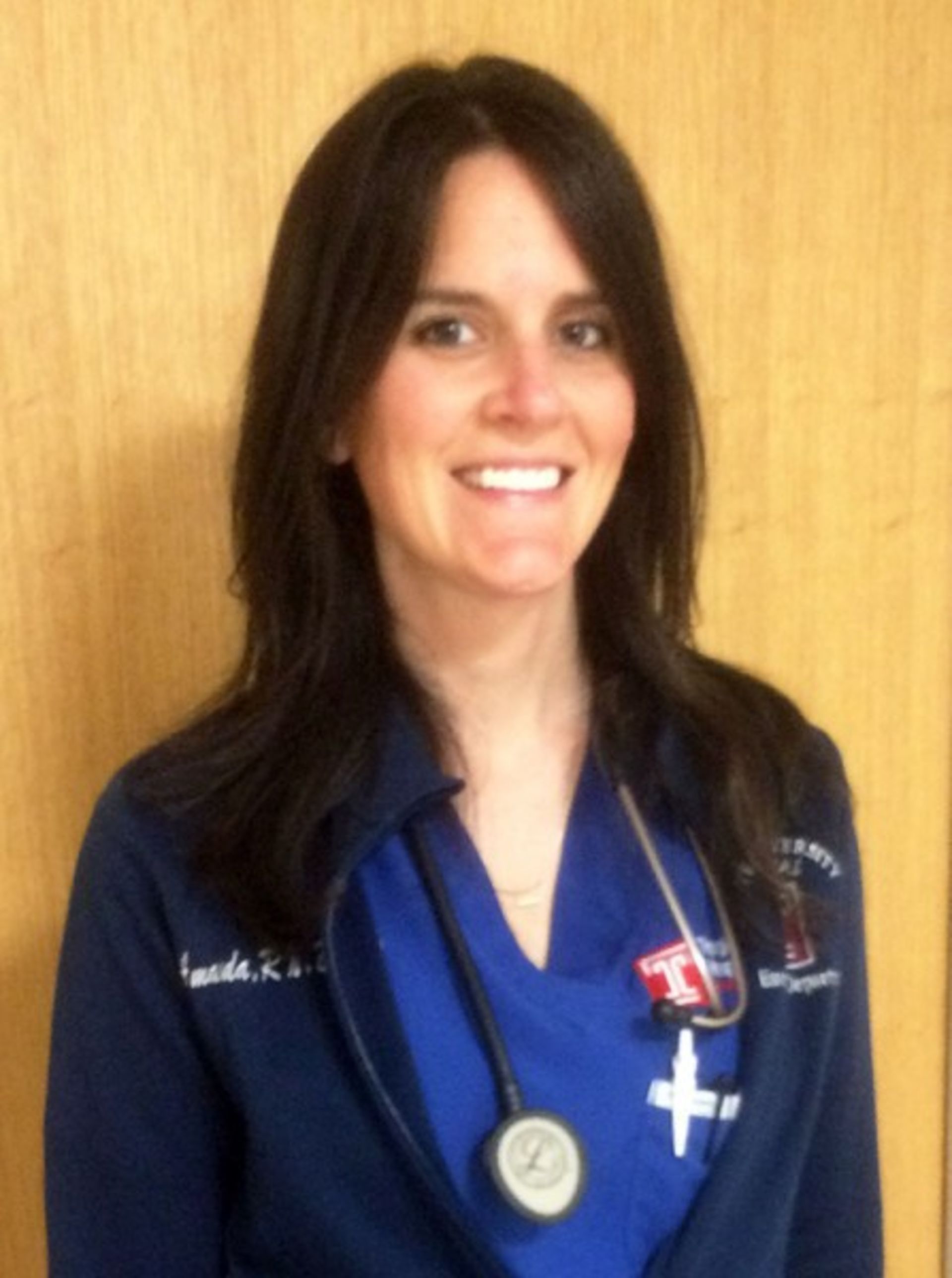
Amanda McMacken, Nurse
Amanda McMacken, an ED nurse, had worked the day shift, 7 to 7. She saw on the news about the Amtrak crash and texted her fellow nurses. Several agreed to go back in. She has little children. “I got them all in bed,” McMacken recalled. “I got my scrubs on. And I rushed back in.”
“When I got here, there were people everywhere, but it was really quiet,” she recalled. "There was this silence. It’s always loud in here. But it was so quiet – even though there were hundreds of people.” She said many of the patients were in shock.
A second thing she noticed right way: “Everybody that we took care of was just so grateful.” This is not always the case in a crowded emergency room. “But everybody that night was so thankful and so appreciative – a Motrin was like you gave them a million bucks," she said.
Considering the number and severity of injuries, it was a tribute to the Temple staff that only one person died, and so many fared as well as they did.
“Temple rocked it,” she said. “I’m so proud of Temple.”
“I remember there was one husband that was worried about his wife,” she recalled. “He couldn’t find his wife, and we knew there were fatalities, and we knew people were stuck at the scene. We were looking in the computer and didn’t see her listed. He was waiting for like an hour, two hours. It turned out that her name was put in backwards, her first name was last. All of a sudden they adjusted it, and she popped up in a room in the back. I was so excited. We put him in a wheel chair and pushed him back. He was just so relieved that she was alive. His wife was a teacher and they had gone to see one of her students graduate. Those of us working that night, we were all so happy for people when they found their person.”
She still couldn't sleep when she got home. She ended up texting her fellow nurses all day.
• • •
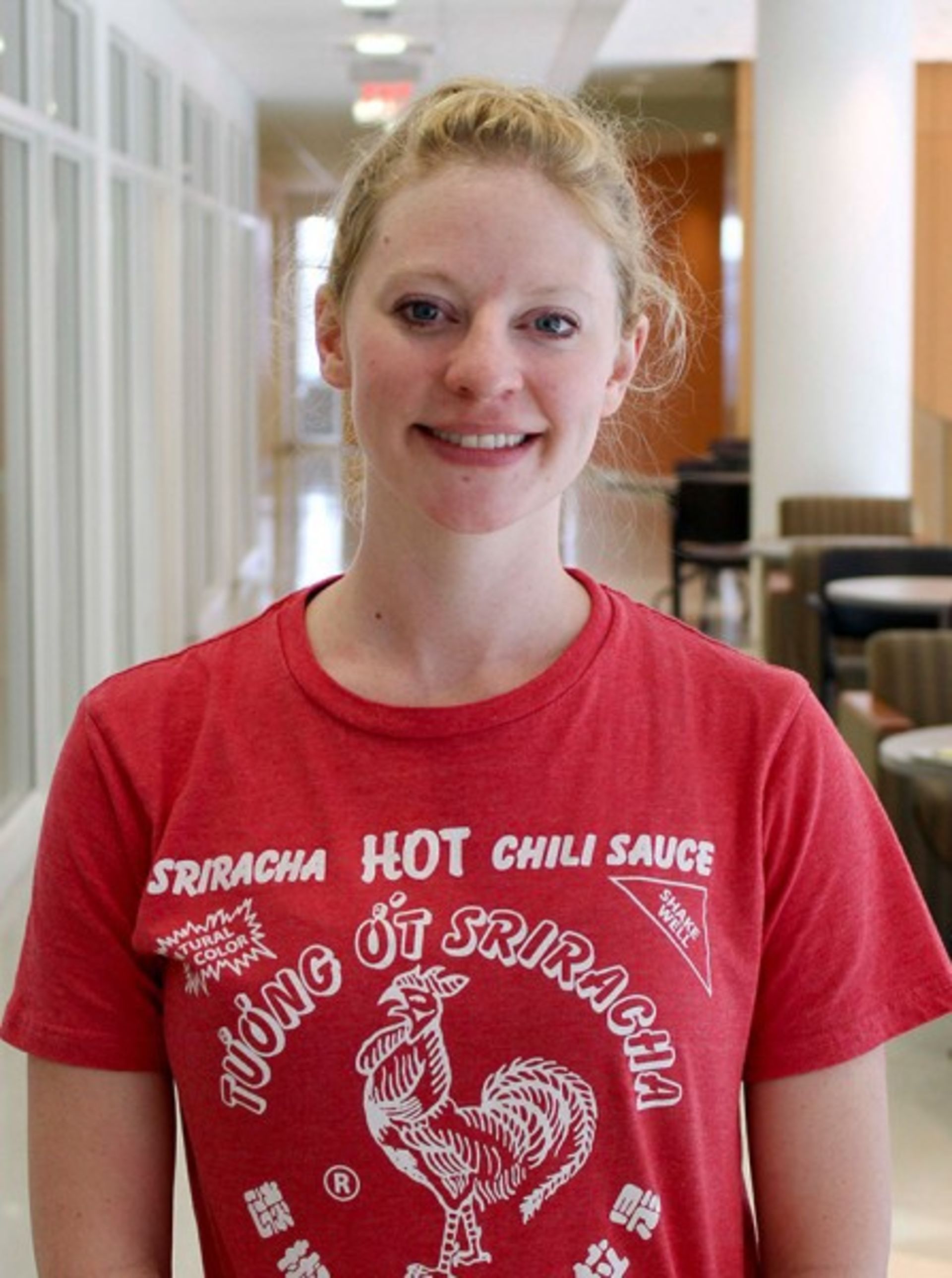
Sarah Moreland, Temple Medical Student
It is not an exaggeration to say the train crash changed the course of medical student Sarah Moreland’s life.
Moreland had finished her third year at Temple’s Lewis Katz School of Medicine – the year you are supposed to decide what kind of doctor you want to be – and she was “totally confused.” She had chosen internal medicine, but not with any great conviction.
She began her fourth year of medical school last May, and first thing she did what is known as a sub-I, an acting internship with the internal medicine team, to see what a residency would be like. On the night of May 12, the Amtrak crash, she was doing night call, an overnight shift. Around 8 p.m. working on the 8th floor, she was assigned a patient who had been admitted through the emergency department, and was told by a resident to go down to the ED and see how the patient was doing.
She was reviewing some information on the computer when word came in about the crash. Soon it was bedlam. She and a fellow medical student were quickly drafted.
“Dr. Karras, was like, okay, you guys are going to be on triage whiteboard duty,” she recalls. “At the time I had no idea what that meant. We got handed the marker: ‘Try and get their name, their gender, age and how acute you think their injuries are.’ ”
Attendings, residents and nurses were working with them, of course, but it was thrilling. It got so busy that she was doing some of the actual triage herself.
“There was a woman who spoke no English,” Moreland recalled, “and she was in agony. She’s not part of the train crash. She just picked a bad night. She’s got some sort of awful, awful belly pain. She’s buckled over in pain. Her son was begging for help. So I did an abdominal exam. And she had the most positive Murphy’s sign ever.”
In other words, the woman’s gall bladder was totally inflamed. “I ran over and told the ED resident,” Moreland said. “She needs to be seen as well.”
Moreland eventually had to go back to the 8th floor that night, but wanted to stay in the ED. She went home the next morning certain she no longer wanted to do her residency in internal medicine. She wanted something more immediate, more in the moment. And after giving it much thought, she decided on obstetrics and gynecology. “It’s medicine, surgery, excitement, but also caring for patients long term,” she said.
“It really was a life changing night for me,” she says.
Sarah Moreland starts as an intern in obstetrics and gynecology at Temple next month.
• • •
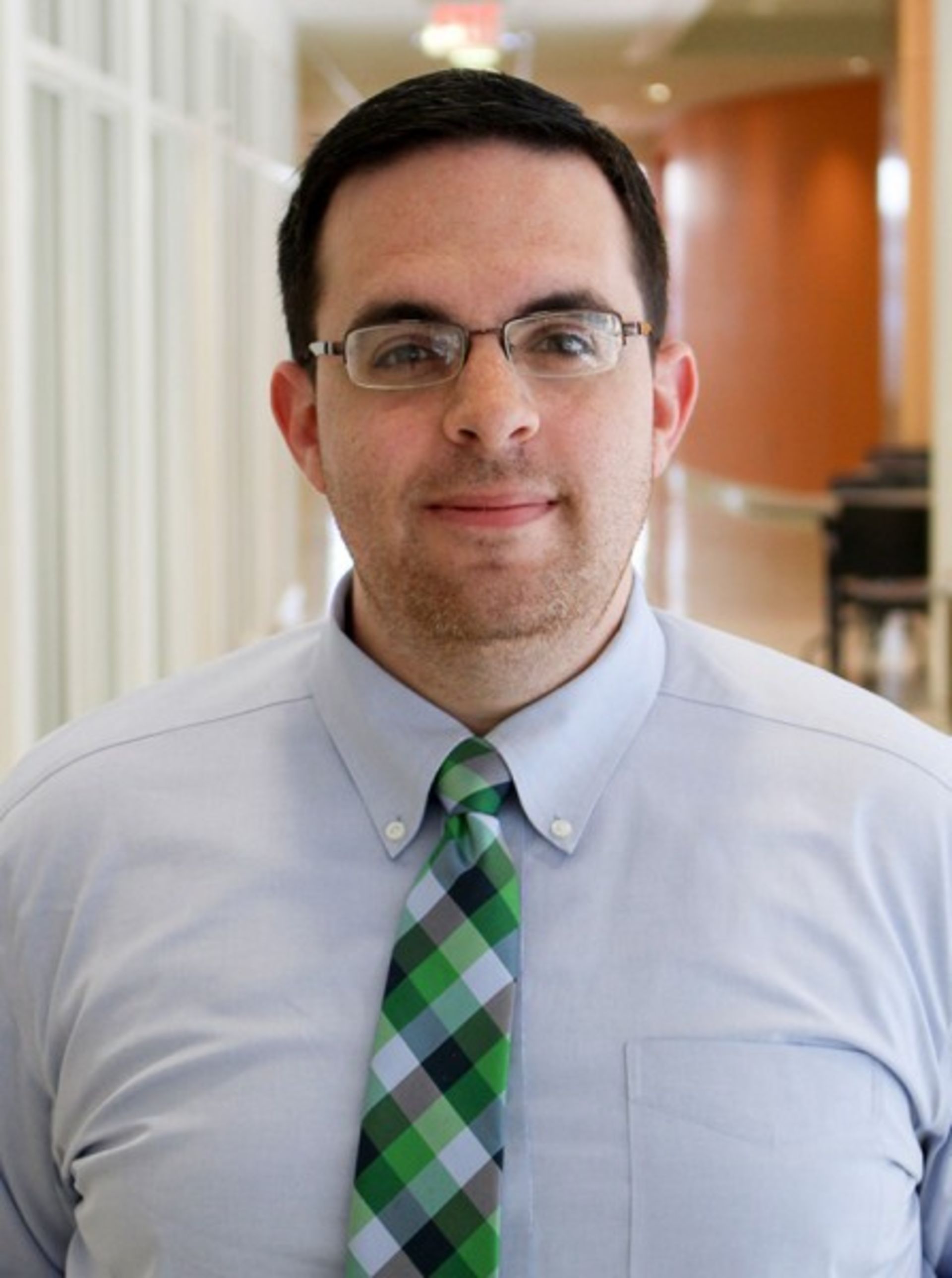
Peter Tomaselli, Medical Student
Peter Tomaselli was also a fourth year medical student working in the ED that night. He had already decided to specialize in emergency medicine, and will be beginning his residency at Thomas Jefferson this summer. Here is his reflection of that evening:
“One of the most striking moments from me from the night of the Amtrak derailment is only tangentially related to direct medical care, yet it touches on one of the most important duties of the physician: emotional support of one's patients. There was a middle-aged woman from Washington D.C. who was transported to Temple for leg pain which was deemed to be muscular in origin and not in need of urgent intervention. However, as patients were being sorted through one at a time, she remained in the waiting area with fewer and fewer passengers to keep her company. She was visibly upset by the tragedy, and every time I passed by, she would ask if anyone had heard from her cousin, her only relative in the Philadelphia area. Eventually she burst into tears, and I sat with her for a few minutes and consoled her, reinforcing that she was for the most part unhurt and that we would get her where she needed to go.
At the end of a long and strenuous evening, things began to wind down, and I went to grab my belongings before heading out. I happened to pass by a man who was neither staff nor patient but was looking into rooms as if to try to find someone. I asked who he was looking for, and he gave me the name of the woman I had spoken with previously. With a smile, I led her cousin to the room where she was waiting, at this point all alone. As he called her name, she turned around, stood up, and began to weep. He rushed over to her and they embraced, while I left the room to give them privacy.
This moment reinforced my desire to pursue emergency medicine as a career. It helped me to realize that as patients come to the emergency department, they are at their most vulnerable emotionally as much as medically. This vulnerability is not only something to be cognizant of as a physician, but it offers the unique opportunity to treat the whole patient, assuage his or her fears, and with maybe only a few minutes make a large difference in his or her life. I am thankful to have been in the hospital to help even this one patient and to grow from the experience.”
• • •
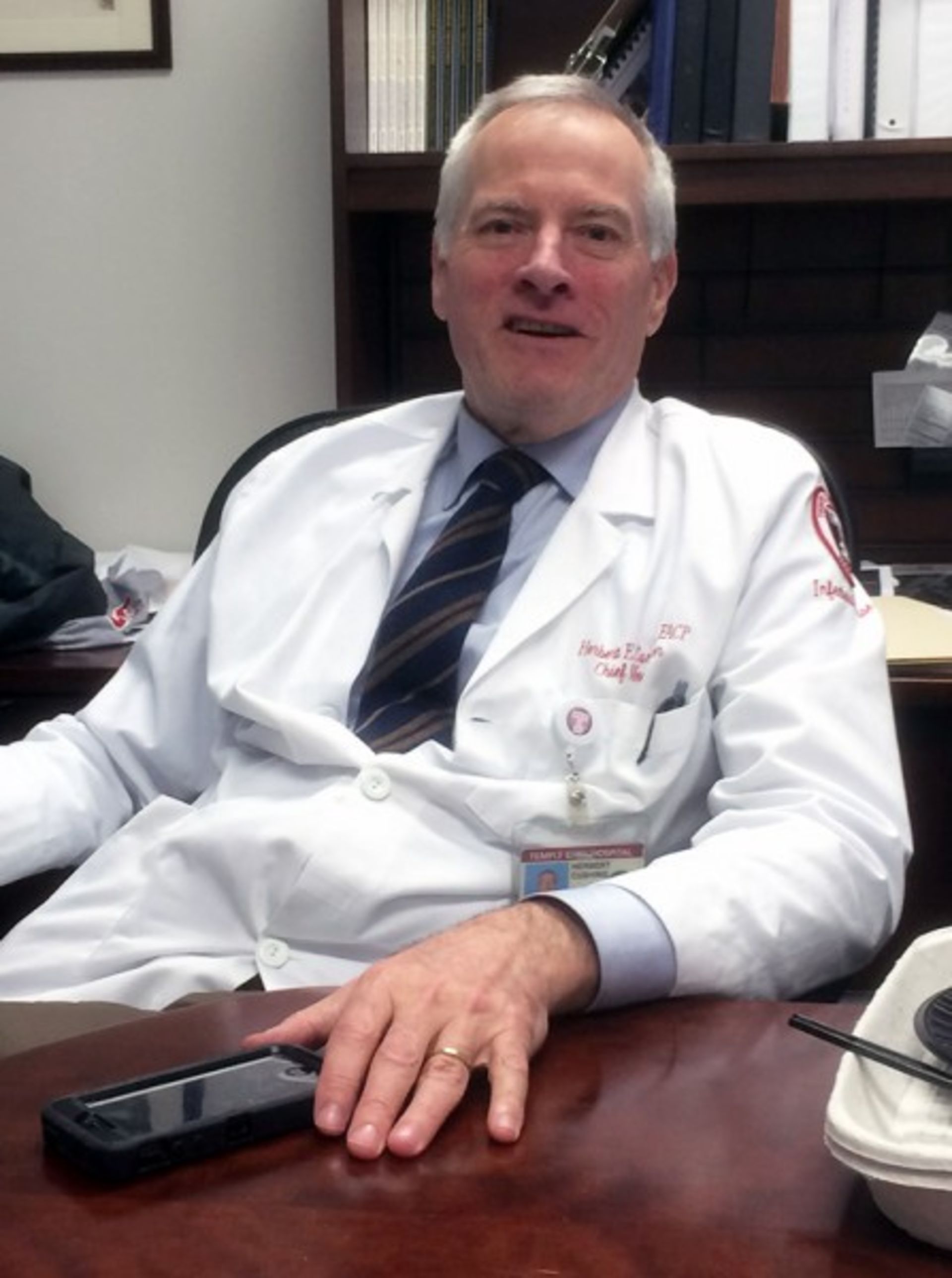
Herb Cushing, Chief Medical Officier
Herb Cushing, the chief medical officer, was in the Emergency Department that night and echoes the positive view of so many others. “It’s actually startling how well everything worked,” he said. He has great admiration for the spirit of Temple staffers who just pitched in, voluntarily, from all departments, doing jobs that didn’t even exist before – like finding a place for families to gather as they came searching for loved ones, and feeding them and getting information for them, and bringing them over to be reunited with patients.
But as he looks back, he realizes that if the disaster had been only slightly larger, or longer in duration, it could have been overwhelming. It made him appreciate the challenges of preparing for really big disasters.
In any future disasters, he said, he and others in leadership should operate not from the ED but from the hospital’s command center. “We didn’t communicate very well with each other, though it might have seemed like it,” he said.
He realizes in the future a better perimeter needs to be established. Every law enforcement officer came into the ED, more than a 100 of them, he estimates. The Homeland Security folks were interviewing patients at the bedside, and nurses were upset by this. An accommodation was quietly and quickly reached, Cushing recalled. Homeland would leave the patients alone, but the hospital was locked down and nobody would leave without being questioned first.
Cushing himself initially thought the derailment was a terrorist act.
He and others involved in the hospital’s disaster planning also realized that they need to have extra medical supplies on hand before big events like the Pope’s visit or the Democratic Convention. Normally, he said, the hospital only has a four-day supply of certain essentials. The leadership team also realized in the days following the Amtrak crash that in the future, in the event of a disaster or act of terror, better psychological support must be available to patients, families and even staff, and immediately. People were suffering from PTSD and needed help.
To get literary for a moment, Dr. Cushing cites novelist Walker Percy's “Theory of Hurricanes”. Percy believed people felt better in hurricanes because it wiped away the isolation and alienation of everyday life.
As Percy wrote in his novel “Lancelot”, “True, people help each other in catastrophes. But they don’t feel good because they help each other. They help each other because they feel good.”
And as Dr. Cushing said, explaining the immense feeling of community and goodwill among patients and staff, “That train crash was a hurricane here at the hospital. People helped each other because they felt good. They had a purpose.”
• • •
Gia Shepherd, Nurse
Gia Shepherd was another ED nurse who worked the day shift but turned right around and came back to the hospital to help out.
“I wasn’t going to sleep anyway,” she said. “So why not pitch in.”
She remembers patients everywhere, in holding areas, in overflow areas, doubled up and tripled up. But everybody understood.
In a hospital, flow is so important. Getting people in, getting them seen, keeping them moving, making beds available. Staff on the hospital floors were working hard to discharge patients, to make beds available for Amtrak victims being admitted.
“Everyone was working together and it seemed to really flow better than you can imagine for something like that,” she recalled.
She ended up working until 11 the next day.
“The influx we got was more than you’d ever want to have come in here at one time,” she said. “I do not think that any other hospital could have handled that amount of patients. If it did have to happen, I’m glad they were able to come here for their care.”
• • •
Jeff Foster, Nurse
Jeff Foster was working as the charge nurse that night. “What I really remember is how everybody came together,” he said. At one point, in the thick of the action, he just stopped and took a measure of the moment.
“I stood right by the trauma bay and looked 360 degrees,” he said. “There were all these patients and all these nurses working. It was organized chaos, but it was working really well.”
Foster, who is now assistant nurse manager in the ED, said not only the skill of doctors and nurses, but the teamwork, the quick responses, and cooperation literally saved limbs and saved lives.
“Think about a train derailment and the severity of what happened,” he said, noting that only one patient died from his wounds. “With the number of patients we had that night, I think that’s really spectacular. And we can say that we saved ‘em.”
• • •
Michael Vitez, winner of the 1997 Pulitzer Prize for Explanatory Journalism at The Philadelphia Inquirer, is the director of narrative medicine at the Lewis Katz School of Medicine at Temple University. Michael.vitez@temple.edu
